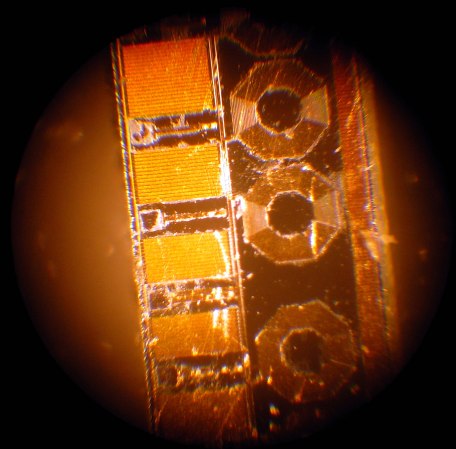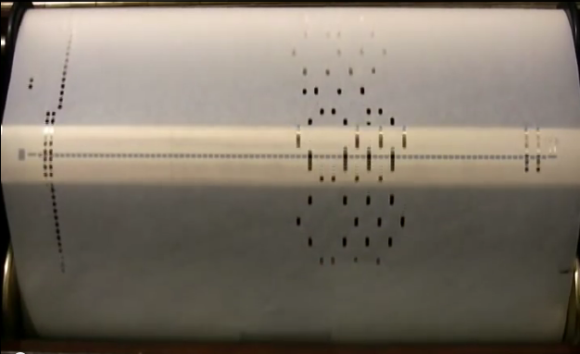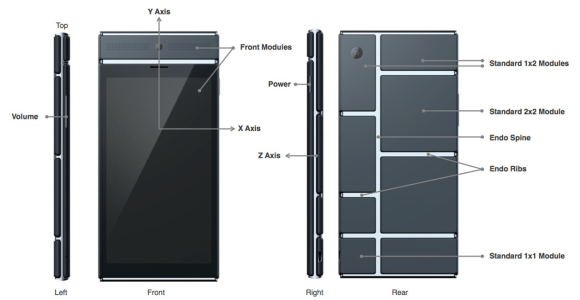In this acid powered teardown, [Lindsay] decapped a USB isolator to take a look at how the isolation worked. The decapped part is an Analog Devices ADUM4160. Analog Devices explains that the device uses their iCoupler technology, which consists of on chip transformers.
[Lindsay] followed [Ben Krasnow]’s video tutorial on how to decap chips, but replaced the nitric acid with concentrated sulphuric acid, which is a bit easier to obtain. The process involves heating the chip while applying an acid. Over time, the packaging material is dissolved leaving just the silicon. Sure enough, one of the three dies consisted of five coils that make up the isolation transformers. Each transformer has 15 windings, and the traces are only 4μm thick.
After the break, you can watch a time lapse video of the chip being eaten by hot acid. For further reading, Analog Devices has a paper on how iCoupler works [PDF warning].
[Thanks to Chris for the tip!]

















